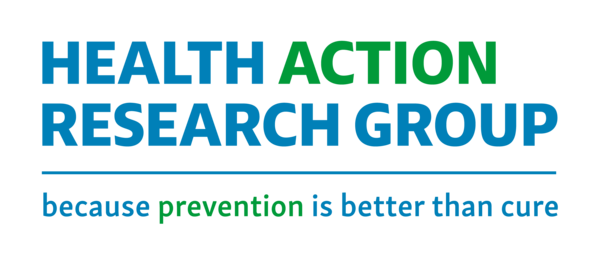Health inequalities in the UK are real. How long we're likely to live and how many years of good or bad health we're each likely to enjoy is often a postcode lottery.
- A man in affluent Kensington and Chelsea will live, on average, 11 years longer than a man in Glasgow.
- Travelling east from Westminster on the London Tube, every 2 tube stops represents at least a year's less life expectancy.
- Women in affluent Richmond upon Thames can expect to enjoy an average of 18 years more good health than women in Tower Hamlets.
And these health inequalities are getting worse.
- 3.7 times more working age adults died from Covid-19 in the poorest areas of England compared with people living in the richest araes.
- Even before Covid, the North/South divide in the nation's health was wider than it had been for forty years.
That's why we're focusing on health inequalities - what is causing these inequalities and how best to reduce them. You can find out more in the articles below.
Health Inequalities post-Covid
The Covid-19 pandemic increased existing health inequalities. For example, low paid key workers often had to continue working in roles requiring daily contact with the public (and thus increased risk of infection) while better paid professionals were often able to work from home (limiting their risk of infection).
However, the pandemic also taught useful lessons. For instance, levels of obesity are higher in deprived areas and during Covid obese people were at higher risk of hospitalisation and death. The health risks of obesity were already known but tended to be seen as a longer term issue. Covid brought an increased sense of urgency to tackling obesity and to reducing health inequalities more generally.
